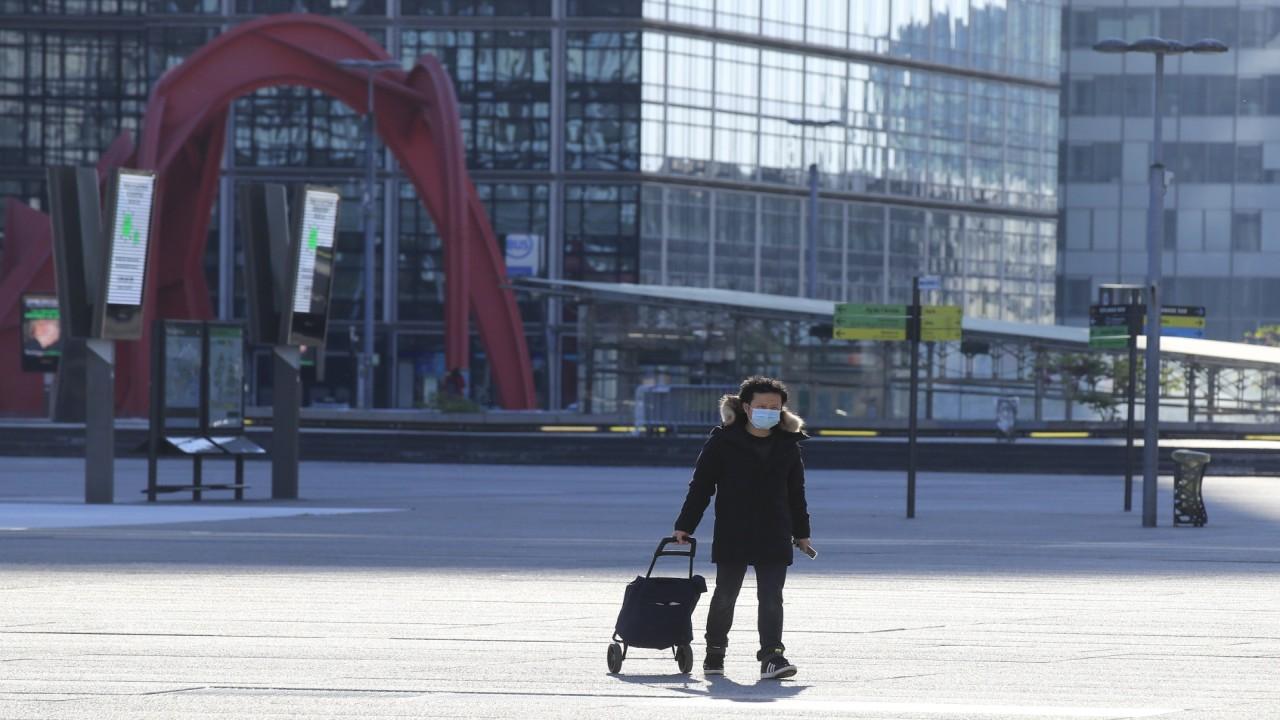US median income soared to record high in 2019 as poverty fell
Median household income increased 6.8% to $68,700, the highest on record, before the pandemic
Income for U.S. households rose sharply last year, and the number of people living in poverty declined, indicating that many Americans' finances were on the upswing before the coronavirus pandemic derailed the nation's economy.
Median household income increased 6.8% to $68,700, the highest on record, according to data released Tuesday by the Census Bureau. Household income includes employment bonuses, payments from public assistance, interest and dividends from investment, and Social Security, in addition to other sources.
The nation's poverty rate fell by 1.3 percentage points to 10.5%, down from 11.8% in 2018. It marked the lowest rate since estimates were first published in 1959 and was the fifth consecutive decline. There were 34 million living in poverty in 2019, 4.2 million fewer people than 2018, the Bureau said.
NEARLY HALF OF AMERICANS WHO LSOT JOB TO PANDEMIC CAN'T LAST A MONTH ON SAVINGS
Before the coronavirus-induced downturn, the U.S. was in the midst of the longest economic expansion on record, with the unemployment rate hovering around 3.5%, a half-century low.
But the pandemic triggered a wave of layoffs -- some 22 million Americans lost their jobs as a result of the crisis -- with lower-wage workers among the hardest hit (one report from the Federal Reserve showed that 39% of individuals with a household income below $40,000 lost their job in March).
There are still 11.5 million more out-of-work Americans compared to February.
The government passed a massive stimulus package at the end of March to blunt the economic pain of the crisis, including sending a one-time payment of up to $1,200 to some Americans and boosting unemployment benefits by $600 per week.
JOB GROWTH OVER NEXT DECADE EXPECTED TO BE SLOWER THAN AFTER 2008 CRISIS
Research from the Center on Poverty and Social Policy at Columbia University suggests the emergency relief was pivotal in staving off a rise in poverty. The rate actually ticked down slightly to 12.7%, researchers said. Without the aid package, the poverty rate would have surged to 16.3%.
But lawmakers are at a standstill over another aid package, with the prospects of more relief before the Nov. 3 election appearing increasingly unlikely.
The U.S. continued to grapple with income inequality before the pandemic struck, the report showed. The top fifth of households by income received 51.9% of all income, compared to just 3.1% received by households in the lowest quintile. Within the highest quintile, the top 5% of households received 23% of all income.
WHITE HOUSE EYEING MORE EXECUTIVE ACTIONS AS HOPES FOR STIMULUS DEAL FADE
Tuesday's report also showed the number of Americans without health insurance was about 8%, or 26.1 million people, in 2019.
The Census Bureau said the data, which was collected from February through April of this year, may have been impacted by the health crisis, with response rates lower than usual.
GET FOX BUSINESS ON THE GO BY CLICKING HERE




















